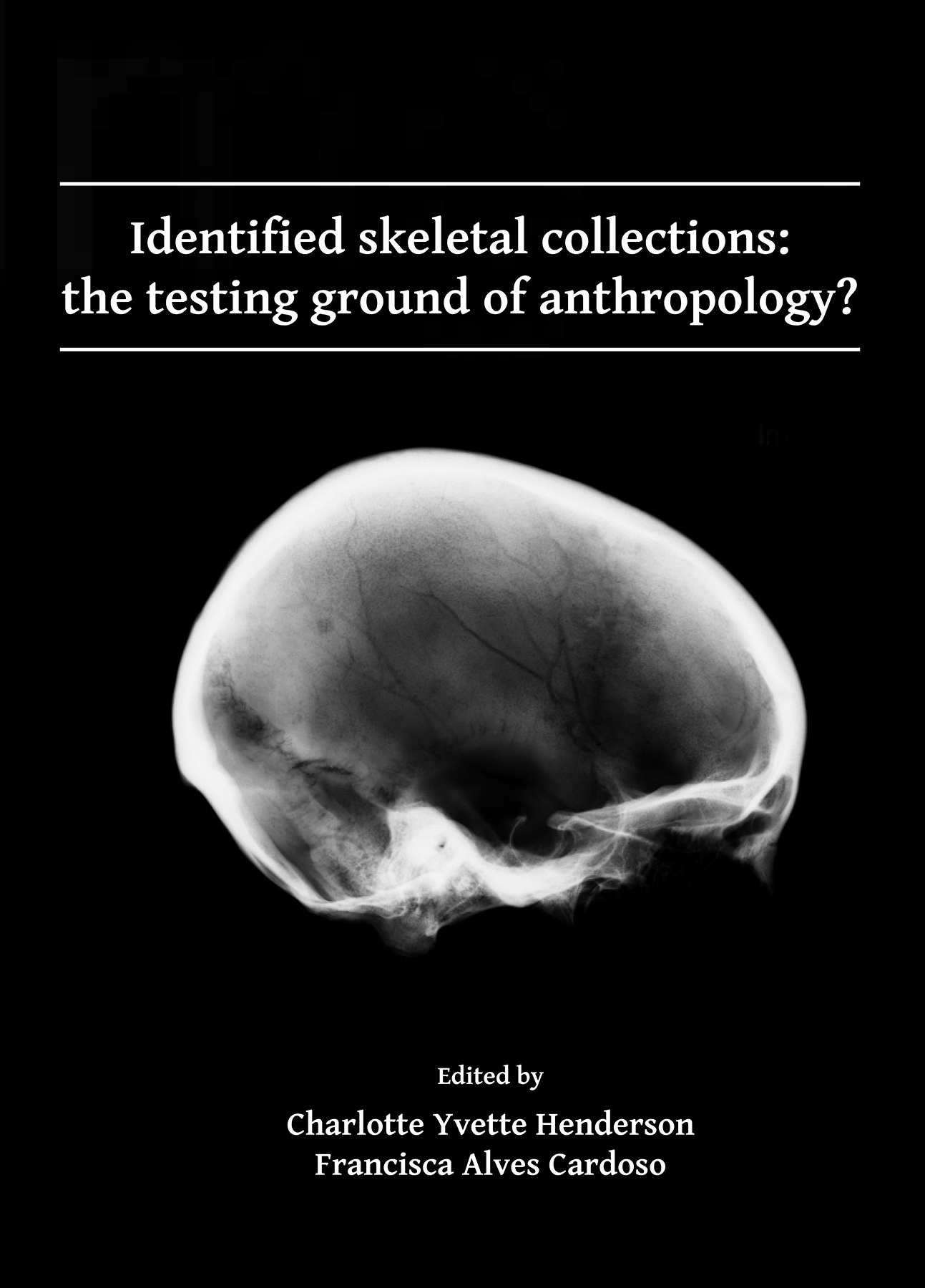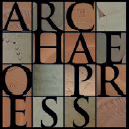
Publishing Scholarly Archaeology since 1997

Download Sample PDF
H 245 x W 175 mm
198 pages
6 illustrations, 10 tables and 4 graphs (6 plates in colour)
Published May 2018
ISBN
Paperback: 9781784918057
Digital: 9781784918064
Keywords
Human skeletons; deceased; remains; archaeology; anthropology; osteoarchaeology; bones; forensics
Identified skeletal collections: the testing ground of anthropology?
Edited by Charlotte Yvette Henderson, Francisca Alves Cardoso
Paperback
£30.00
Includes PDF
PDF eBook
(personal use)
£16.00
PDF eBook
(institutional use)
£30.00
Human skeletons are widely studied in archaeological, anthropological and forensic settings to learn about the deceased. This book focusses on identified skeletal collections and discusses how and why collections were amassed and shows the vital role they play in improving methods and interpretations for archaeological and forensic research.
Contents
Chapter 1. Introduction – Charlotte Henderson; Chapter 2. Archaeological human skeletal collections: their significance and value as an ongoing contribution to research – Jelena Bekvalac and Dr Rebecca Redfern; Chapter 3. The Grant Human Skeletal Collection and Other Contributions of J. C. B. Grant to Anatomy, Osteology, and Forensic Anthropology – John Albanese; Chapter 4. Strategies for Dealing with Bias in Identified Reference Collections and Implications for Research in the 21st Century – John Albanese; Chapter 5. Bioarchaeology and Identified Skeletal Collections: Problems and Potential Solutions – Jennifer Sharman and John Albanese; Chapter 6. The significance of identified human skeletal collections to further our understanding of the skeletal ageing process in adults – Vanessa Campanacho and Hugo F.V. Cardoso; Chapter 7. Secular changes in cranial size and sexual dimorphism of cranial size: a comparative analysis of standard cranial dimensions in two Portuguese identified skeletal reference collections and implications for sex estimation – Luísa Marinho, Ana R. Vassalo and Hugo F. V. Cardoso; Chapter 8. Lives Not Written in Bones: Discussing Biographical Data Associated With Identified Skeletal Collections – Francisca Alves Cardoso; Chapter 9. The Fate of Anatomical Collections in the US: Bioanthropological Investigations of Structural Violence – Rachel J. Watkins; Chapter 10. Final Summary – Francisca Alves-Cardoso

 Add to wishlist
Add to wishlist
